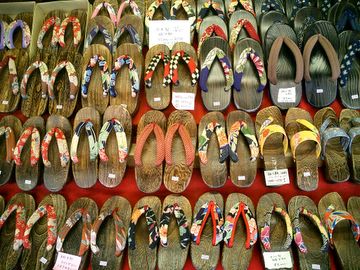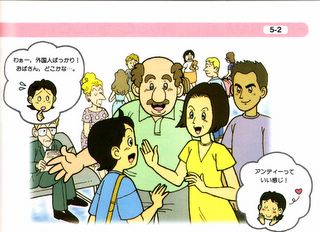 I
It's the new year and we've started our first week back at school. Eden's birthday was January 5th, and we celebrated it somewhat quitely in Kumamoto. The way Eden's birthday is read in Japanese is, "Ichi-gatsu, itsuka 一月五日" which is the first month, fifth day. However, a way to shorten this is to use the two numbers which make up your birthday, in Eden's case a one and a five. One in Japanese is "ichi" and five is "go", so Eden's birthday becomes "ichi-go" which just so happens to be the Japanese word for strawberry.
This past weekend we took advantage of the Seishun Juu-hachi kippu 青春十八切符 which is a hugely discounted train ticket for use on JR rail. The ticket cost 11,500 yen, about $130 CND and was valid for five days of travel using the local and rapid trains. Perhaps the best thing about these tickets is that they do not have to be used for consecutive days of travel and can be shared between people. The drawbacks are that they can only be used three times a year when university students have breaks and you have to ride the slow trains. While these trains are much slower than the bullet trains or express trains, they are also a fairly good way to see the country side, and for 2,300 yen a day it can't be beat. To plan your trip using a Seishun Juu-hachi kippu I recommend visiting
http://www.hyperdia.com/cgi-english/ This is the best site for working out train schedules in Japan and is especially useful because it allows you to select only local trains in your search.
So on Saturday morning at about 5:45 am we left the cold confines of our apartment and bicycled along the dark, empty streets to Kumamoto station. We were lucky enough to arrive early and boarded the 6:29 train for Omuta. Our fellow riders on the train consisted mainly of Tamana high school students who had to be at school at about 7am on a Saturday morning!
So we rode the train for about six and a half hours up to Miyajima in Yamaguchi prefecture. Miyajima is famed in Japan for the floating torii gate, and we used our time there to stretch, see the temple and eat some wonderful okonomiyaki. Perhaps the best I've had.
After that we boarded the train for Hiroshima and arrived in the early evening. The city had some interesting streets and the Peace park and A-bomb museum are well worth the visit. But it is pretty much like every other Japanese city: Same drab concrete structures, covered shopping arcades, and such.
The following morning we caught a 9:30am train for Iwakuni in Yamaguchi prefecture because we wanted to check out the lovely five-arch bridge. It was definately worth the stop, and the castle on the hill above was fairly interesting too. After that it was a further seven hours to our cold apartment in Kumamoto.







